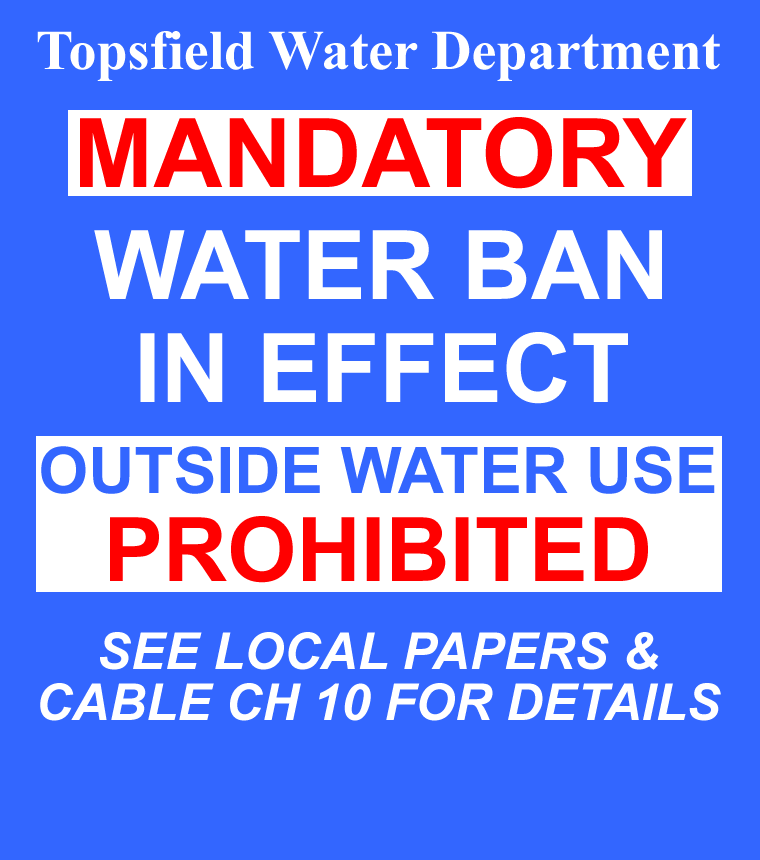This has been a moving target but has decreased over the last several years. The first testing for PFAs was done by the USEPA as part of their Unregulated Contaminant Monitoring Rule #3 (UCMR3). From 2013-2015, they tested a cross section of public water supplies accross the country to see how common PFAS is in drinking water. Topsfield was selected to participate in the study and both of our sources were tested twice during 2014. No PFAS compounds were detected.
As a result of the UCMR3 tests and emerging scientific evidence, USEPA created a health advisory in 2016 for two chemicals - PFOA & PFOS. The combined total of these compounds shouldn't exceed 70 parts per trillion (ppt). MassDEP announced in January 2019 that they intended to regulate PFAS and published draft regualtions in October of 2019. The proposed regulations went through a typical review process and public comment period and went into effect on October 1, 2020. EPA has lowered allowable levels for certian PFAS compounds with new national regulations published on April 10, 2024.
 Nonessential outdoor use is limited to hand-held implements before 9 AM or after 5 PM each day. The use of irrigation systems or lawn sprinklers is prohibited.
Nonessential outdoor use is limited to hand-held implements before 9 AM or after 5 PM each day. The use of irrigation systems or lawn sprinklers is prohibited.